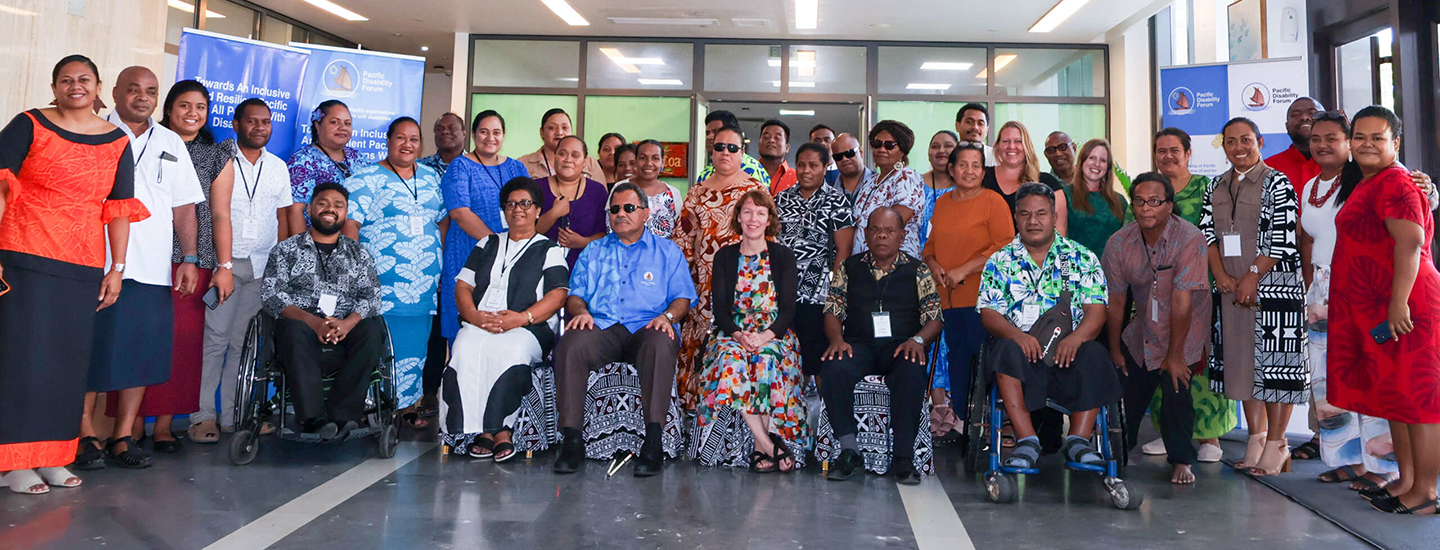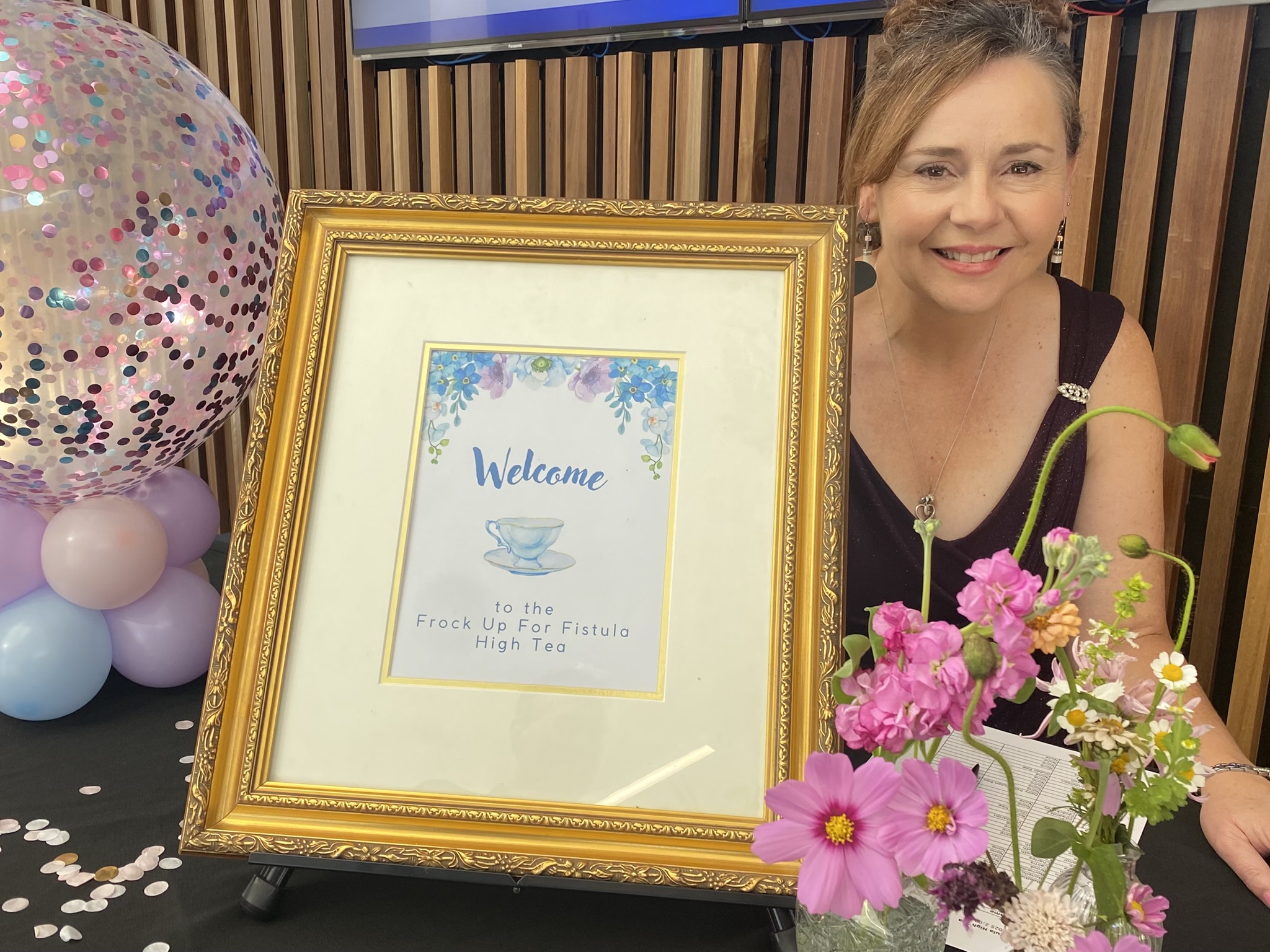‘Vision 2020: The Right to Sight’
Stories | February 21, 2024
Author: David Lewis OAM, CBM Focal Point for ‘Inclusion in Eye Health’ and ‘Environmental Sustainability’
The ‘Vision 2020: The Right to Sight’ global initiative was launched in 1999 to promote and develop global momentum to reduce avoidable blindness. The governments of 195 countries have signed the Vision 2020 declaration showing their support for its objectives.
CBM’s Inclusive Eye Health Initiative, launched in 2017, works to achieve the goals of this declaration. Here at CBM it means ensuring eye health programmes are accessible and welcoming to all members of the community, i.e. people from all disability groups, including vision impairment, and other marginalised and socially excluded people. It includes proactively ensuring that people with long term vision impairment access their right to wider opportunities.
People with disabilities make up 20% of the world’s poorest people. CBM is working with eye health providers to ensure their services are inclusive and accessible to persons with sensory, physical and intellectual impairments, and also those with mental health issues. It is also essential that eye health professionals know how to assist people with permanent vision loss, and how to enable them to receive appropriate low-vision services, rehabilitation, mobility, living skills, education, and livelihood opportunities.
At CBM we champion disability-inclusive development in eye health programs. This is through building an understanding that awareness, participation, comprehensive accessibility and the disability-specific and mainstream approaches are core principles of a rights-based approach to development efforts. We promote these approaches and build the capacity of our local partners to incorporate them into their programming and service offerings.
Disability-inclusive eye health programs are designed to welcome and support all members of a community. Programs that plan for disability inclusion will ensure barriers are identified and removed, and that disability-specific processes are in place. Inclusive programs also ensure that people with permanent vision loss have access to wider opportunities. Disability-inclusive eye health programs respond to attitudinal, physical, communication and policy-related (including financial) barriers.
Comprehensive eye health programmes following the principles of disability inclusion will enable all community members to access health promotion, prevention, vision screening with treatment and rehabilitation. These programs should be aware of approaches to locate, attract and identify women, men, girls and boys with disabilities in order to ensure they are able to access and receive good outcomes from services.
While CBM’s priority is to work towards ensuring that all avoidable blindness is prevented or treated for as many people as possible, for some individuals this is not possible, hence they will live the rest of their lives with permanent vision loss. It is an essential part of CBM’s approach, that they gain their right to access services, supports and empowerment, that will provide them with many opportunities throughout their lives.
https://www.cbm.org.au/stories/vision-2020-the-right-to-sight
Related Stories

Growing Stronger Together: Supporting OPDs across the Pacific
CBM Australia is proud to partner with Pacific Disability Forum on the Growing Stronger...

Frock Up For Fistula: a High Tea of hope and healing
Something very special happened this Mother’s Day weekend. CBM Ambassadors Lyn Wake and Glenys...

Empowering Change: Jamuna’s Journey to Climate-Smart Farming in Nepal
In Nepal, agriculture is the backbone of the economy,...
